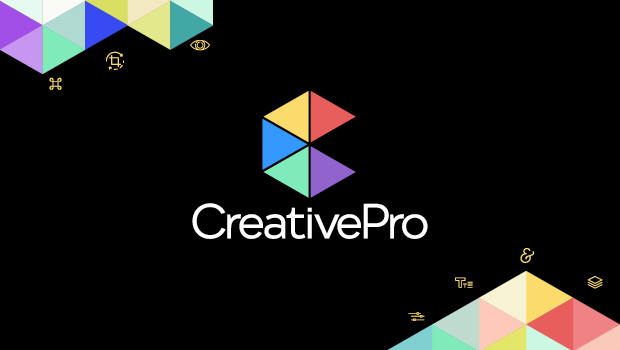New Variable Data Barcode Software

XChange UK and ThePowerXChange are now re-selling Soft Horizons’ Chartbot(TM) Barcodes for QuarkXPress and Adobe InDesign. Chartbot Barcodes is the only Quark/InDesign barcode package that lets users generate 1D, 2D and postal barcodes directly within their favorite variable-data extended technology module without using barcode fonts. It can just as easily produce single barcodes with the same vector quality. In addition to being variable-data compatible, Chartbot Barcodes is print production-friendly. It supports color separations, spot colors and other features that professional workflows require.
Chartbot Barcodes is a completely new and different way of generating barcodes that fixes many of the problems with traditional methods. Unlike product-specific barcode modules from variable-data software manufacturers, Chartbot Barcodes generates a full range of barcode types and works with virtually all variable-data systems, including InDesign’s built-in Data Merge feature. Users of product-specific barcode modules can add Chartbot Barcodes to their existing layouts to support new barcode types, spot colors, and take advantage of other options.
With Chartbot Barcodes, there’s no need to reformat a database, compute checksums, or do other data processing. And there’s no need to switch out fonts when resizing barcodes. For most barcode types, Chartbot Barcodes automatically takes care of encoding, check summing and resizing.
Production features include: spot color, color separations, overprint, rich black, automatic sizing to match data and automatic size adjustment to match printer resolution. Chartbot Barcodes generates 20 types of linear (1D) barcodes, 5 matrix (2D) barcodes, and 6 postal barcodes plus several sub-variants of popular barcodes.
Chartbot Barcodes are pure vector output, so barcodes print at the printer’s full rated speed. Even high-volume production printers won’t slow down for barcodes created by Chartbot Barcodes. Powerful printing features include: ink spread control for 1D linear barcodes, the ability to print or omit text below barcode, automatic pixel-grid-fitting for low-resolution output, CMYK process colors and spot colors, overprint and rich black, RGB colors and separations. Any size barcode can be created with no restrictions and users can automatically adjust the barcode size to match the pixel size of low-resolution output media. They can also specify matrix size, or automatically use best size to fit data (Datamatrix, QR).
Chartbot features built-in data encoding (except Aztec, MaxiCode, RSS Expanded), or pre-encoded data can be used. Chartbot works in a unique manner: it is an EPS file built with ActiveEPS(TM) technology. Text data and commands overprinted on top of the Chartbot EPS graphics are automatically converted into a barcode. No barcode fonts are required.
Barcode types include:
* 2D matrix barcodes
* Aztec Code
* Datamatrix (all encodings, includes GS1 compatibility option)
* MaxiCode (UPS)
* PDF 417 (all encodings Automatic)
* QR Code (includes MicroQR, all encodings automatic)
* 1D linear barcodes
* Code 11
* Code 128 (A, B, C and Automatic encoding)
* Code 2 of 5
* Code 39
* Code 93
* Codabar Rationalized
* EAN 8, EAN 13 and EAN 2
* Interleaved 2 of 5
* ISBN, ISBN Addon 2, ISBN Addon 5
* JAN 13, JAN 8 and JAN 2
* MSI
* Pharmacode
* Plessey
* RSS 14, RSS Expanded and RSS Limited
* UPC A and UPC E
Postal barcodes:
* AusPost (Australian Post)
* Code 128
* Datamatrix
* FIM A, B, C and D (Facing Identification Marks)
* KIX (Netherlands Post)
* MaxiCode (UPS)
* RM4SCC (UK Royal Mail)
* USPS Intelligent Mail (also known as OneCode)
* USPS POSTNET
Chartbot Barcodes is available now through XChange UK and ThePowerXChange via electronic delivery worldwide
This article was last modified on December 14, 2022
This article was first published on July 21, 2009



